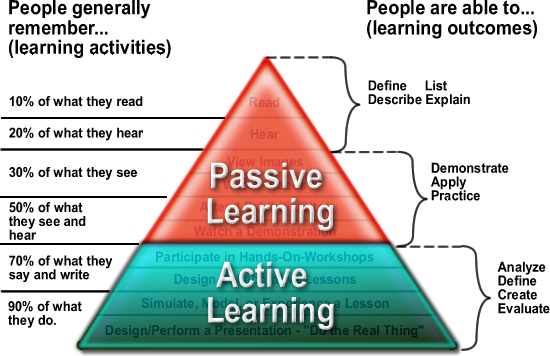Although chapter 7 was equally as engaging and informative as its predecessor, chapter 5’s focus on digital citizenship struck a chord with me. I have had a few not so positive experiences in the past with younger family members, children I babysat, and even close friends messing with my online activity and impacting my digital identity. Granted, this was not an educational setting and they were not expected to act responsibly, I was still affected by what little damage they had done and instantly had to make attempts to repair it and have since had trust issues with anyone near my laptop.
I think it’s vital that our students are properly prepared to engage in the digital world. Just as in the real world, there will be consequences to their digital actions. Whether that be losing device privileges, in or out of school detention, or suffering from the overwhelming embarrassment of creating a website at 13 filled with embarrassing pictures of themselves and all their friends then forgetting the account information and never being able to remove it from the web, there will always be a price to pay for irresponsible actions. The encouragement from schools to aid students in avoiding making these mistakes can also provide parents a sense of confidence that their children are safer on the internet than most and they won’t soon have to do damage repair.
To continue with chapter 5, I have zero tolerance for cyberbullying. The damage it does to its victims hits a new level of severity, the reasoning behind the attacks is unjustifiable, and in some cases, the reactions are unbelievably tragic. Not to say face-to-face bullying doesn’t share the same results, but the anonymity of attackers is scary. The things they can do via web-based attacks is terrifying, especially those who are well trained in the realm of computer hacking. I have the highest hopes that with further integrating technology in the classroom this horrid form of harassment will come to an end. Yes, please, let’s demonstrate empathy and compassion any and every chance we get. Let’s continue to encourage our students that differences make us unique and that is a beautiful thing and we should embrace our differences, not degrade them or belittle them. I have always wanted to make a word cloud, so I was very excited to make this to exemplify a way I would personally try to encourage positive reinforcement amongst students and steer them away from cyber-bullying.
(Tagxedo.com, 2016)
To touch on a more positive not in
chapter 7, I love the segment on visual-thinking and concept-mapping software!
Even today, I still love the aid of a good mind map or brain storm. The visuals
comfort me and allow me to layout my thoughts in a manner that I can physically
see to confirm it’s exactly what I want to express in my work. I never would
have thought to look for an app that could allow me the same peace of mind
without the paper trail on my bedroom floor, there is literally an app for
everything and it’s amazing. But to imagine the ease of being able to create
the layout or foundation of your assignment with the endless supply of media
and information on the internet is mind-blowing! I envy all who knew of this
technological wonder before me and can’t believe this is the first I’m hearing
of it. I feel like what takes me sometimes hours, may take me mere minutes
because I won’t be fumbling around with my pen waiting for just the right image
to come to mind to get me started.
Lastly, I am full supporter of
learning with computer games. If not for Number Munchers, I don’t know if I
would be as confident with my knowledge of the multiplication table. I
definitely remember more about geographical landmarks thanks to Where in the
World is Carmen Sandiego over the textbooks we read in class and al . The Magic
School Bus was not only the best show to watch during or after school, but the
PC games were the icing on the educational game cake. I’m sure today’s students
have far more advanced games at the ready in the classroom, but I can still
relate to the enjoyment they must get when they know they’re about to partake
in some awesome game play in class.
To wrap this blog post up, both
chapters were great reads as per the usual. I got a bit over my head with the
talk of creating software and I can’t lie, when the moment comes that I have to
do so, I imagine I’ll be very overwhelmed. Although, that doesn’t mean I’m not
up to the challenge! I would love to go down in history as the educator who
came up with the next hands-down, all time, most entertaining and scholarly
approved app or game! I would also love to be a part of the force that ensures
cyber-bullying is a thing of the past. With each passing lesson I feel less
intimidation and insecurity, and more confident and curious of what is yet to
come.
Resources:
Giallanza, B (2016, February 21). “Word Peace”.
Created with Tagxedo. http://www.tagxedo.com/
Maloy, Robert, Verock-O’Loughlin,Ruth-Ellen, Edwards, Sharon
A., and Woolf, Beverly Park (2013). Transforming Learning with New
Technologies. 2nd Edition. Boston, MA: Pearson Education, Inc.


